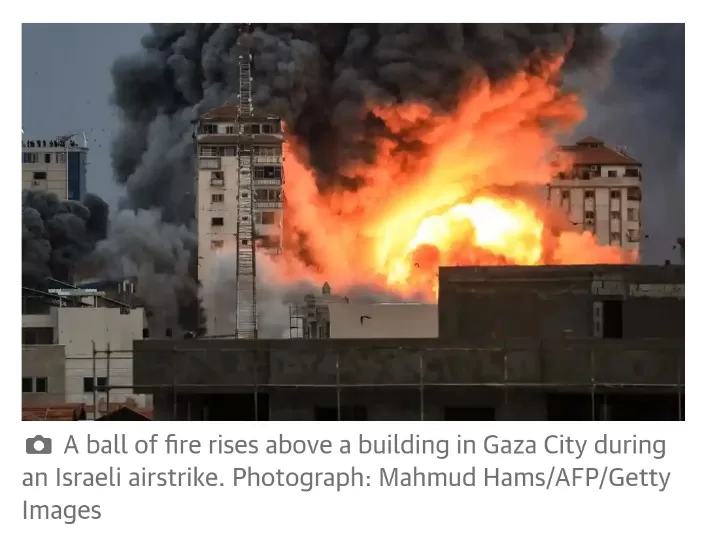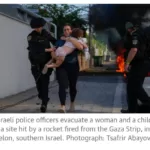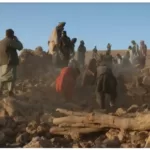In the early hours of Saturday, history seemed to echo a grave refrain as Israel faced its most significant military challenge since the Yom Kippur War of 1973. Palestinian militant group Hamas, in a daring move, launched a relentless assault marked by rockets and air raid sirens, setting a new precedent in the region’s ongoing conflict. This marked the first instance in 75 years since Israel’s establishment that Palestinian forces managed to penetrate areas within the Green Line, beyond the borders designated for a prospective independent Palestinian state.
Tragically, the toll of this offensive is already staggering, with over 150 Israeli lives lost and a similarly distressing number of Palestinian casualties, which is anticipated to rise. Israeli civilians find themselves in harrowing situations, either held captive in their homes or within the Gaza Strip.
While the abduction and murder of three Israelis in the West Bank triggered the 2014 war between Hamas and Israel, the current crisis stands apart in the annals of the Arab-Israeli conflict. Unlike the conventional warfare of 1973, this confrontation promises dire consequences for civilians on both sides.
Hamas has historically vowed to respond to Israeli actions “at a time and place of our choosing,” yet the scale and timing of this unprecedented aerial and ground assault took both Israelis and Palestinians by surprise. The ostensible trigger for this operation was the presence of Jewish visitors at the sensitive al-Aqsa mosque compound in Jerusalem, the holiest site in Judaism and the third holiest in Islam. However, past provocations of this nature did not result in such a devastating response from Hamas.
Moreover, there are growing concerns that this operation, termed the “al-Aqsa deluge” by Hamas, could potentially escalate further, involving Jerusalem, the West Bank, or even Hezbollah in Lebanon. The memories of the intercommunal violence that erupted in Israel during the 2021 conflict remain fresh, casting a long shadow of apprehension.
Israel’s security establishment is grappling with a serious intelligence lapse, as they had assessed that Hamas was not inclined towards a full-scale war. Recent negotiations mediated by Qatar, Egypt, and the UN had resulted in a truce after three weeks of unrest at the separation fence. Israel had assumed that Hamas would not endanger an economic lifeline that allowed 18,500 Gazan men to work in construction and agriculture in Israel. This strategy, initiated after the May 2021 war, had a significant impact, with more people leaving Gaza in the past 30 months than in the first 14 years of the siege combined.
However, Hamas’s military wing, the Qassam Brigades, and the more hardline faction, Palestinian Islamic Jihad, had different intentions. The West Bank has been witnessing its most intense wave of violence in two decades, largely fueled by Hamas, signaling a potential third intifada or Palestinian uprising. It appears that Hamas’s leadership sought to seize the initiative, positioning themselves as the true representatives of the Palestinian people, overshadowing the faltering Palestinian Authority in the West Bank.
The consequences of this shock offensive extend beyond regional borders. It threatens to disrupt the burgeoning normalization of relations between Israel and Saudi Arabia, a nation pivotal to the Muslim world. The long-term objectives of Hamas in this crisis remain enigmatic, as does the extent of coordination and external support, particularly from entities like Hezbollah or Iran. At the very least, this attack underscores that the 16-year-long siege of Gaza is untenable.
This crisis also poses a formidable challenge to Israel’s right-wing government, which has grappled with domestic upheaval and heightened tensions with the Palestinians since taking office. An Israeli ground offensive, the first since 2014, appears increasingly likely. What remains unequivocal is that the beleaguered inhabitants of Gaza, already scarred by four wars in 16 years, will bear the heaviest burdens of this unfolding tragedy.







